I asked a number of different experts to sort 92 objects based on their similarity. Based on their answers, I constructed a 92 x 92 dissimilarity matrix. in R, I examined this matrix using the following commands:
cluster1 <- hclust(as.dist(DISS_MATRIX), method = "average")
plot(cluster1, cex=.55)
To highlight the clusters, I wanted to draw rectangles around them:
rect.hclust(cluster1, k = 3, border = "red")
The result is as follows:
However, when the objects have longer names ("AAAAAAAAAAAAAAAA43" instead of "A43") then the formating is off:
rownames(DISS_MATRIX) <- paste0(rep("AAAAAAAAAAAAAAAAAAAAAAAAAAAA",92),1:92)
colnames(DISS_MATRIX) <- paste0(rep("AAAAAAAAAAAAAAAAAAAAAAAAAAAA",92),1:92)
cluster1 <- hclust(as.dist(DISS_MATRIX), method = "average")
plot(cluster1, cex=.55)
rect.hclust(cluster1, k = 3, border = "red")
This can be seen by the resulting dendogram.
The rectangles seem to have moved up to the end of the dendogram. Not nice. I assume this glitch must have been due to the long names of 92 objects in the dissimilarity matrix. It may also not seem very relevant. Just make sure your objects have names short enough.
However, due to different reasons I want my objects to have their original (i.e.admittedly long) names. This graph is for a presentation and thus I do not want to work with codes. I also do not want to use any other package since I generally find hclust quite easy to use. However, I do not find any way to position rectangles within the rect.hclust command. Hence, what can I do to position the rectangles into the dendogram even if object names are long? Thanks.


